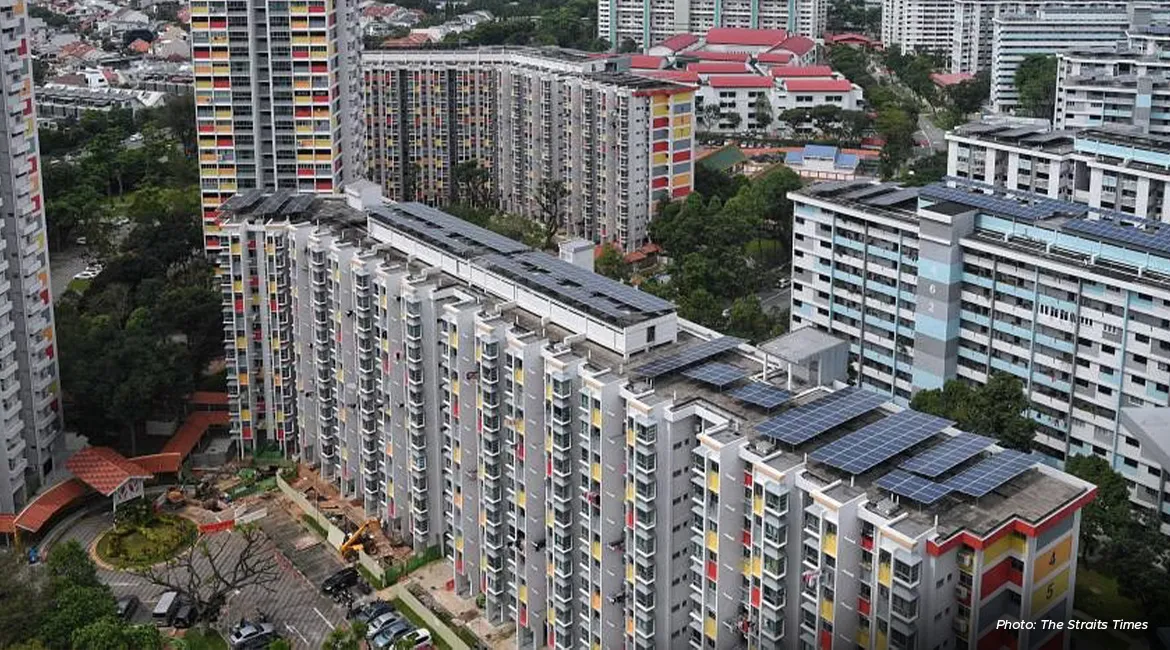The International Energy Agency (IEA) is partnering Singapore to set up a regional office in the Southeast Asian nation to help drive Asia’s shift to cleaner energy, the agency and the Singapore Government announced on February 13.
The IEA’s Regional Cooperation Centre is expected to start operations in the second half of 2024, and it will be the agency’s first office outside its Paris headquarters.
The centre will provide policy guidance, technical assistance and training.
It will also focus on deploying renewables and other clean energy technologies in the region, increasing cross-border power trade and improving access to finance for clean energy investments, the IEA and the Singapore Government said in a statement.
The centre will deepen Singapore’s partnership with the IEA and will be a “strategic asset” for the agency, said the Republic’s Second Minister for Trade and Industry Tan See Leng.
Dr Tan added that the centre – “the first energy-focused international organisation in Singapore” – will “energise the region’s decarbonisation journey, while continuing to provide advice on energy security and resilience”.








